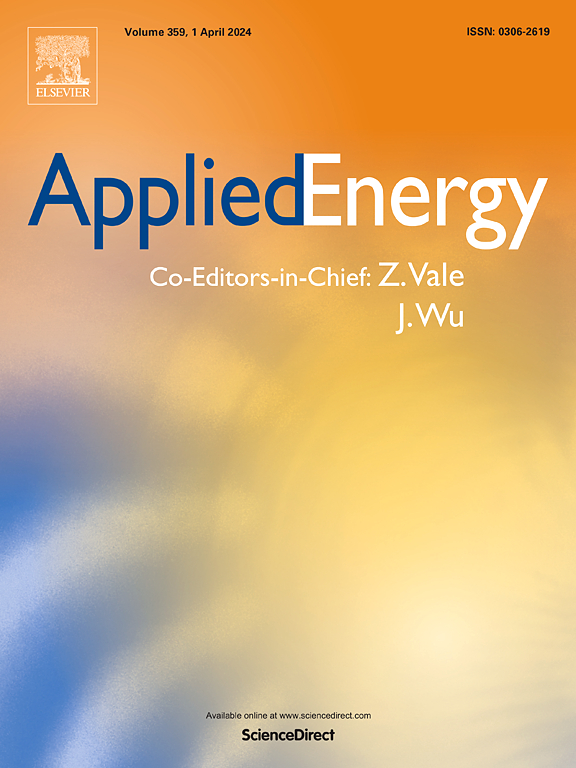基于声信号和深度学习的能源设备关键部件非接触式智能诊断方法
IF 10.1
1区 工程技术
Q1 ENERGY & FUELS
引用次数: 0
摘要
随着清洁能源的发展,天然气压缩机、风力发电机组等能源设备的部署稳步增加。能源系统关键部件的非接触式监测和故障诊断对于防止运行故障和保障安全至关重要。声信号作为一种重要的非接触传感方式,对故障特征非常敏感。本文进行了相应的研究,提出了一种新的基于噪声声信号的MF-IDCL (2D Feature Mapping - Improved Deep Convolution Lightweight Framework)方法。设计并开展了能源设备齿轮箱非接触式声学监测实验,并利用采集数据对所提出的框架与常规方法进行了对比验证。并进行了跨域验证,分析了该方法的泛化能力。结果表明,与传统的特征提取方法相比,所提出的二维特征映射机制在精度、计算效率和适应性方面具有优势。MF-IDCL框架实现了卓越的性能,在SNR5和SNR0下的准确率分别为87.9%和85.2%,同时保持了较低的训练成本和内存消耗。在跨域验证中,该框架也显示出对振动信号等非声学数据的良好适用性。对保障能源设备的安全稳定具有积极意义。本文章由计算机程序翻译,如有差异,请以英文原文为准。
Non-contact intelligent diagnosis method for key components in energy equipment based on acoustic signal and deep learning
With the development of clean energy, the deployment of energy equipment such as natural gas compressors and wind turbines has been steadily increasing. Non-contact monitoring and fault diagnosis of key components in energy systems are critical for preventing operational failures and ensuring safety. Acoustic signals, as a prominent non-contact sensing modality, are highly sensitive to fault features. This paper conducted corresponding research and proposed a novel MF-IDCL (2D Feature Mapping - Improved Deep Convolution Lightweight Framework) method based on noisy acoustic signals. Non-contact acoustic monitoring experiments were designed and conducted on energy equipment gearboxes, and the collecting data were used to perform a comparative validation between the proposed framework and conventional methods. Furthermore, cross-domain validation was conducted to analyze the method's generalization capability. The results demonstrate that the proposed 2D feature mapping mechanism exhibits advantages in accuracy, computational efficiency, and adaptability over traditional feature extraction methods. The MF-IDCL framework achieves superior performance, with an accuracy of 87.9 % at SNR5 and 85.2 % at SNR0, while maintaining lower training costs and memory consumption. In cross-domain validation, the framework also showed promising applicability to non-acoustic data such as vibration signals. It is of positive significance in ensuring safety and stability of energy equipment.
求助全文
通过发布文献求助,成功后即可免费获取论文全文。
去求助
来源期刊

Applied Energy
工程技术-工程:化工
CiteScore
21.20
自引率
10.70%
发文量
1830
审稿时长
41 days
期刊介绍:
Applied Energy serves as a platform for sharing innovations, research, development, and demonstrations in energy conversion, conservation, and sustainable energy systems. The journal covers topics such as optimal energy resource use, environmental pollutant mitigation, and energy process analysis. It welcomes original papers, review articles, technical notes, and letters to the editor. Authors are encouraged to submit manuscripts that bridge the gap between research, development, and implementation. The journal addresses a wide spectrum of topics, including fossil and renewable energy technologies, energy economics, and environmental impacts. Applied Energy also explores modeling and forecasting, conservation strategies, and the social and economic implications of energy policies, including climate change mitigation. It is complemented by the open-access journal Advances in Applied Energy.
 求助内容:
求助内容: 应助结果提醒方式:
应助结果提醒方式:


